Golf cart batteries are crucial for ensuring your golf cart operates smoothly and efficiently. However, like all batteries, they don’t last forever and will eventually need to be replaced. Knowing when to replace your golf cart battery can save you from unexpected breakdowns and ensure your cart remains in top condition. Here are some key signs and tips to help you determine if your golf cart battery needs replacing.
Signs Your Golf Cart Battery Needs Replacing
-
Reduced Range and Power
- Shorter Rides: If you notice that your golf cart doesn’t travel as far on a single charge as it used to, this is a strong indication that the battery is losing its capacity.
- Slow Acceleration: A decline in acceleration and overall power, particularly when going uphill or carrying a load, can be a sign of a failing battery.
-
Longer Charging Times
- Extended Charging Periods: If your battery takes significantly longer to charge or never seems to reach a full charge, it may be nearing the end of its life.
- Frequent Recharging: Having to recharge the battery more frequently than before is another sign that its capacity is diminishing.
-
Physical Signs of Wear
- Corrosion: Check the battery terminals for corrosion, which can affect performance. While some corrosion is normal over time, excessive buildup can indicate a problem.
- Swelling or Leaking: Any signs of swelling, cracking, or leaking are immediate indicators that the battery needs to be replaced. These physical changes can be dangerous and damage your golf cart.
-
Unusual Noises or Smells
- Hissing Sounds: If you hear hissing or bubbling noises when the battery is charging, it could indicate internal damage.
- Foul Smell: A strong sulfur smell (like rotten eggs) coming from the battery is a sign of a leak or other serious issue.
-
Battery Age
- Lifespan: Most golf cart batteries have a lifespan of 4-6 years, depending on usage and maintenance. If your battery is within this age range and showing signs of decline, it may be time to replace it.
Testing Your Golf Cart Battery
To be certain that your battery needs replacing, you can perform a few tests:
-
Voltage Test
- Use a voltmeter to check the voltage of each battery cell. A fully charged lead-acid battery should read around 12.6 volts (or higher). Readings significantly lower than this can indicate a failing battery.
-
Load Test
- Load testing involves applying a load to the battery and measuring its performance under stress. Many auto parts stores offer this service for free. A battery that cannot maintain voltage under load is likely failing.
-
Hydrometer Test
- For lead-acid batteries, a hydrometer can measure the specific gravity of the electrolyte solution in each cell. Imbalanced readings among the cells can indicate a bad battery.
Maintenance Tips to Extend Battery Life
Regular maintenance can help prolong the life of your golf cart battery:
-
Regular Charging: Charge the battery after each use and avoid letting it discharge completely.
-
Clean Terminals: Keep the terminals clean and free of corrosion.
-
Check Water Levels: For lead-acid batteries, check the water levels regularly and top up with distilled water as needed.
-
Proper Storage: Store your golf cart in a cool, dry place and keep the battery fully charged during periods of inactivity.
Conclusion
Recognizing the signs of a failing golf cart battery is essential for maintaining the performance and reliability of your cart. Reduced range, longer charging times, physical wear, unusual noises or smells, and the age of the battery are all indicators that it may be time for a replacement. Performing regular tests and maintenance can help extend the life of your battery, but when the time comes, replacing it promptly will ensure your golf cart continues to run smoothly.
By staying vigilant and addressing battery issues early, you can avoid unexpected breakdowns and enjoy uninterrupted use of your golf cart. Happy golfing!







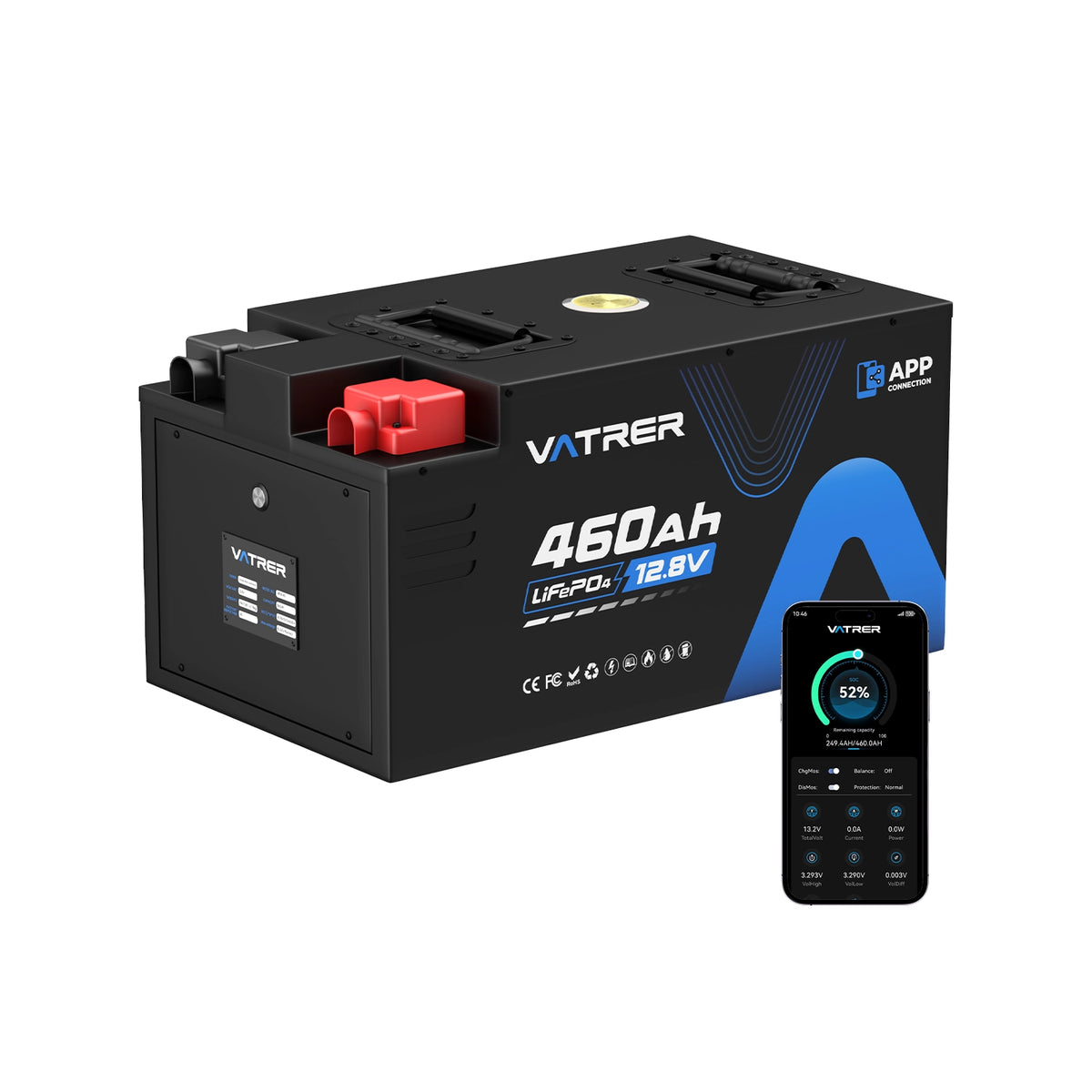
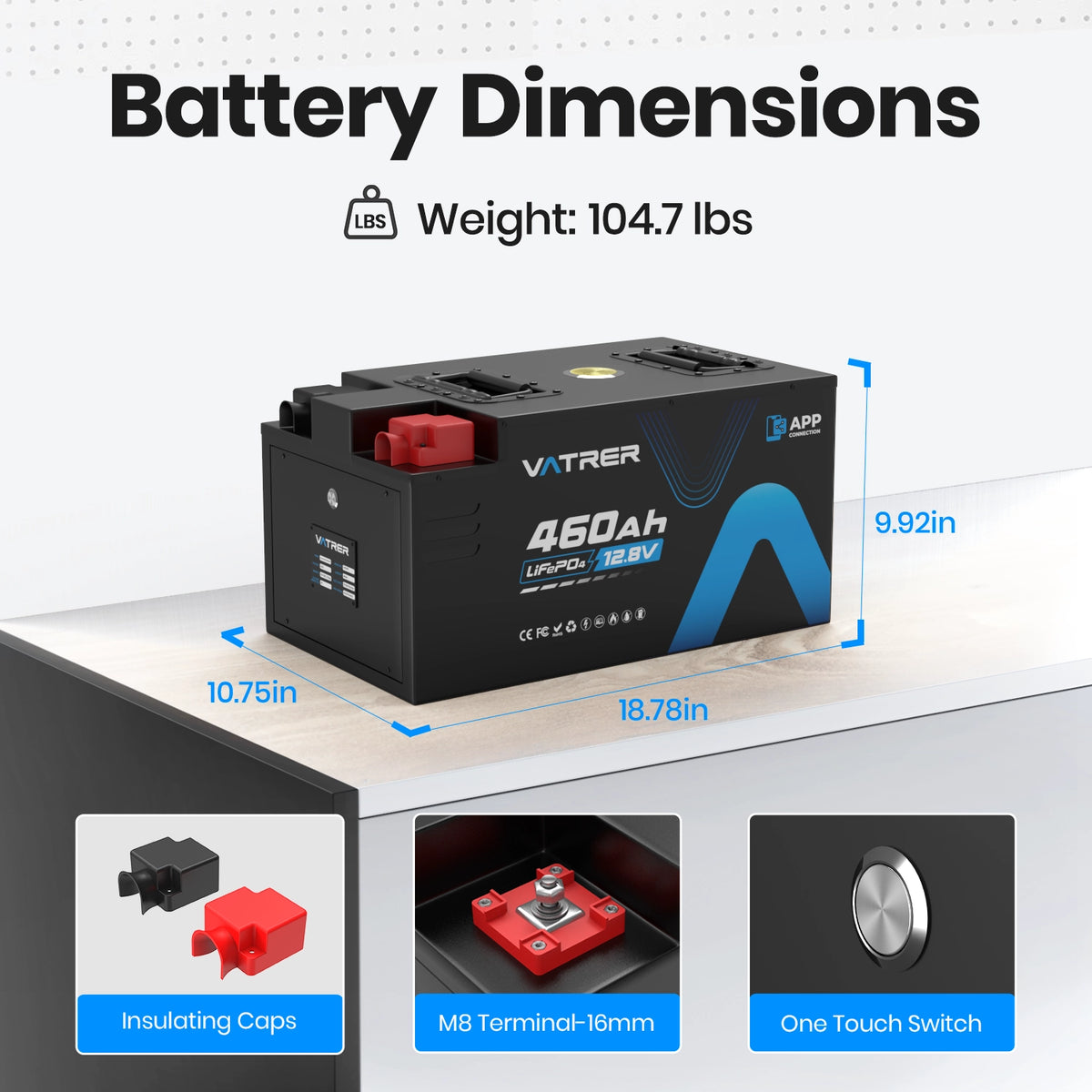
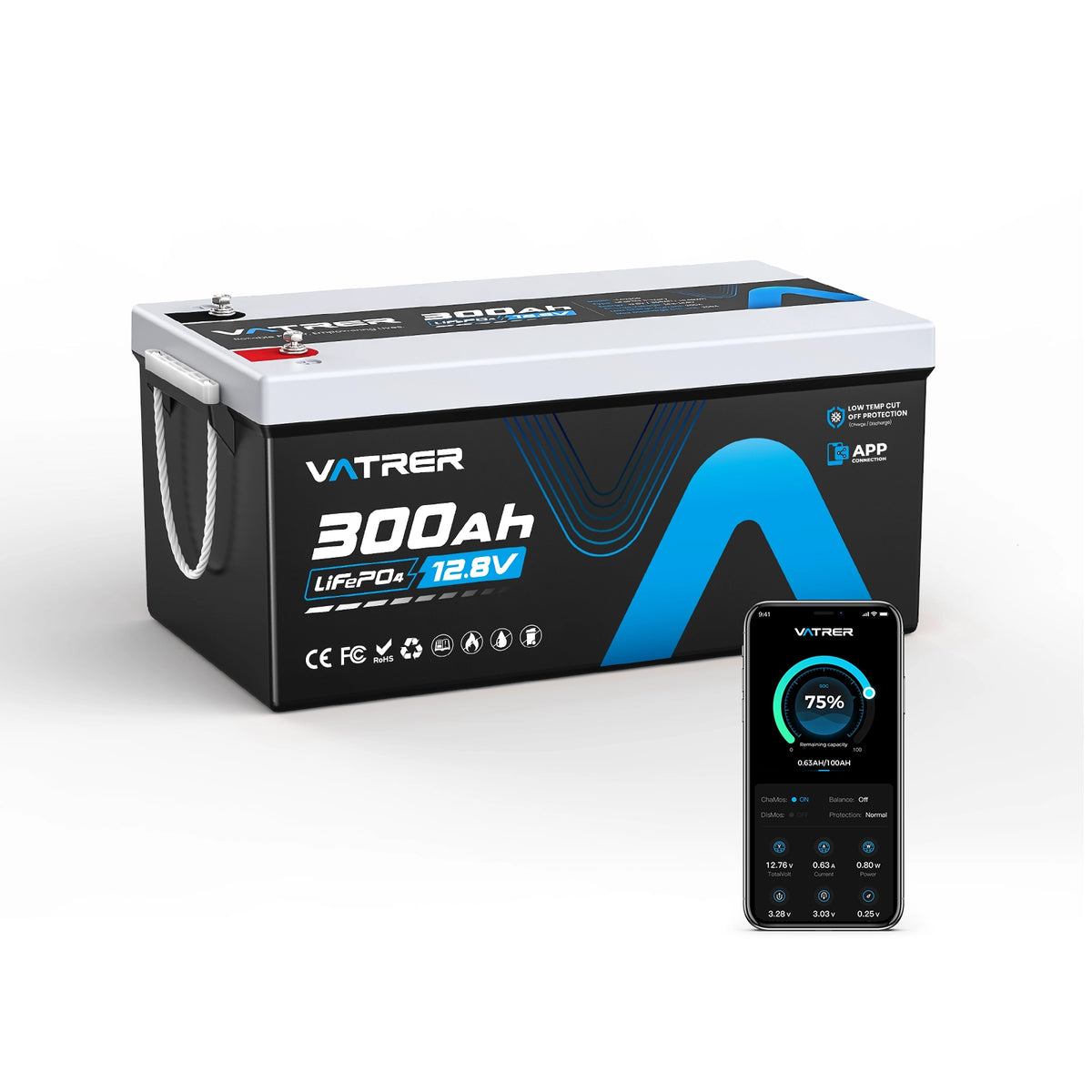

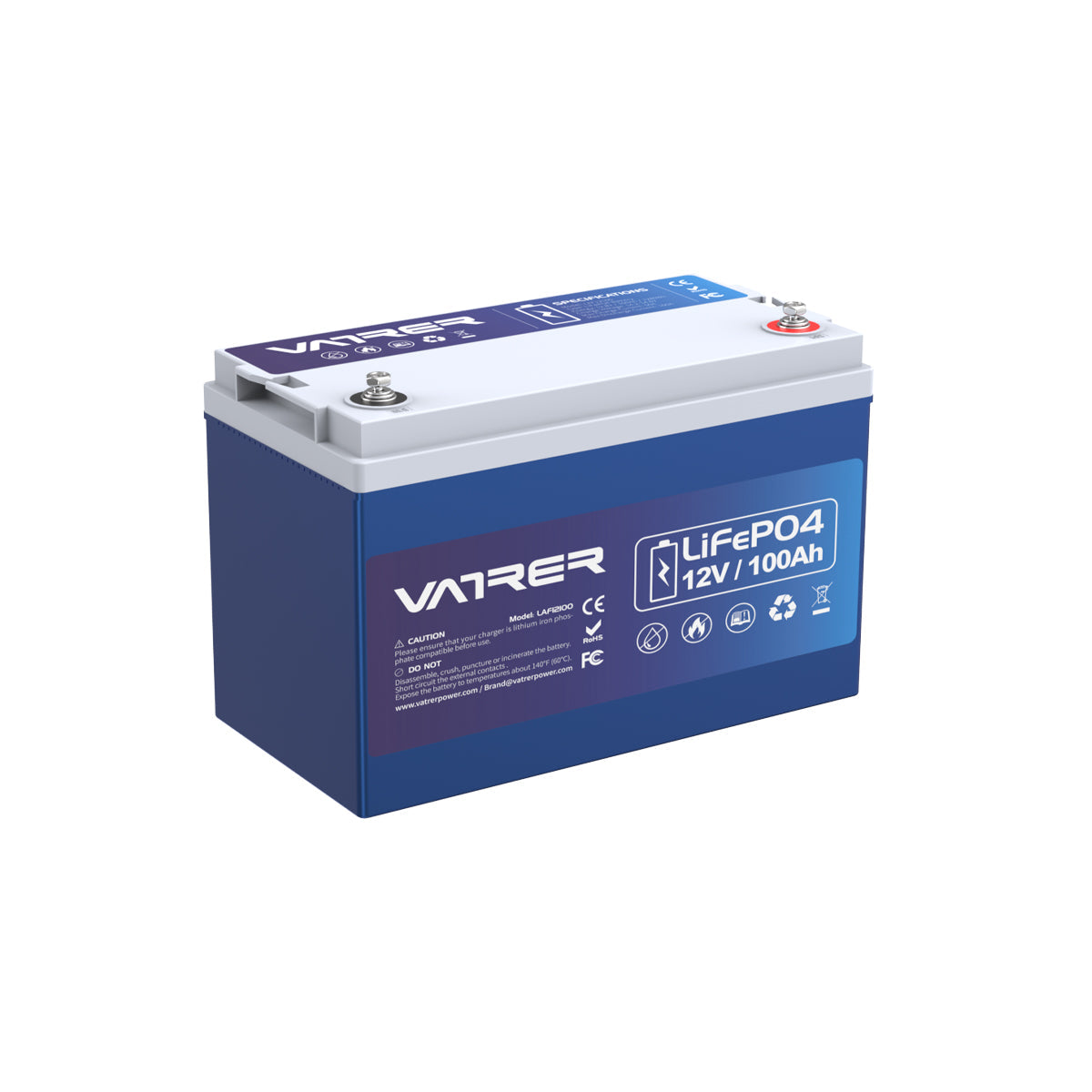

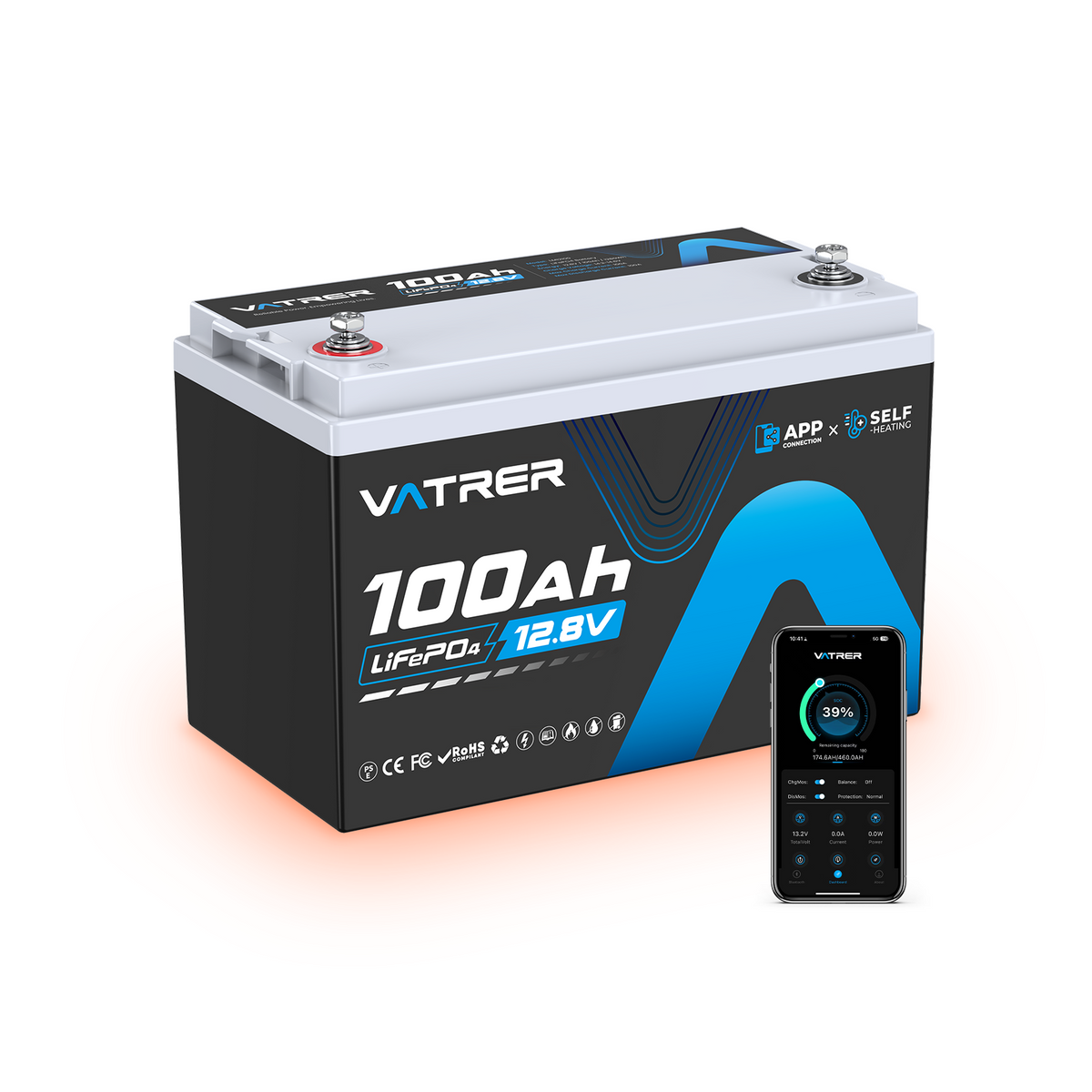
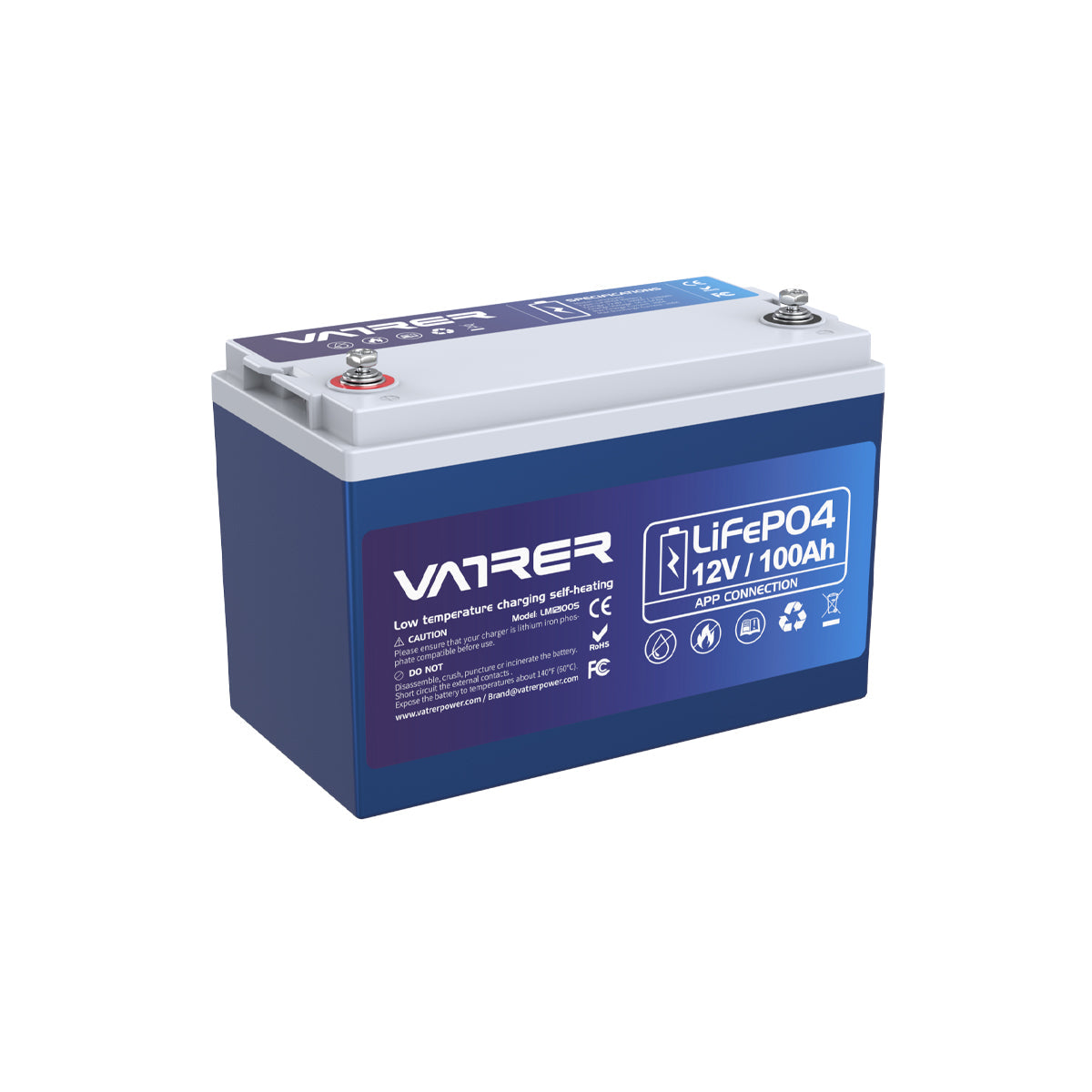
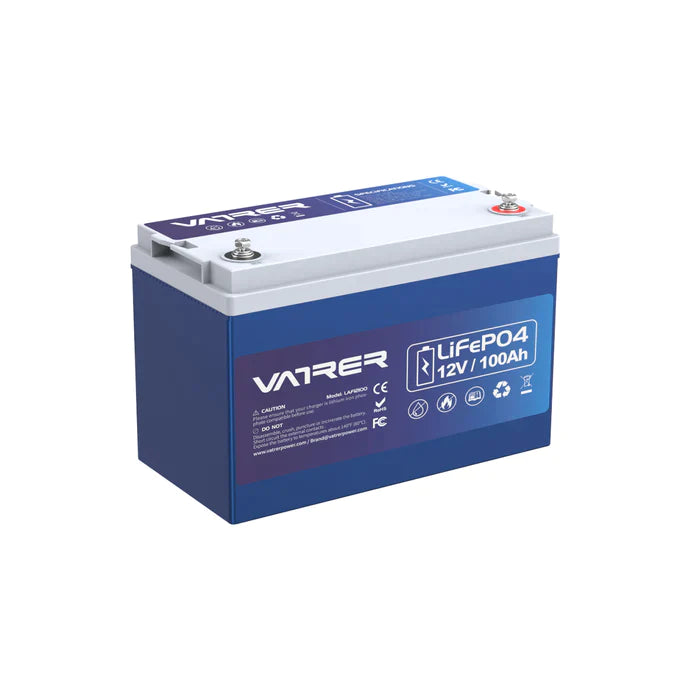

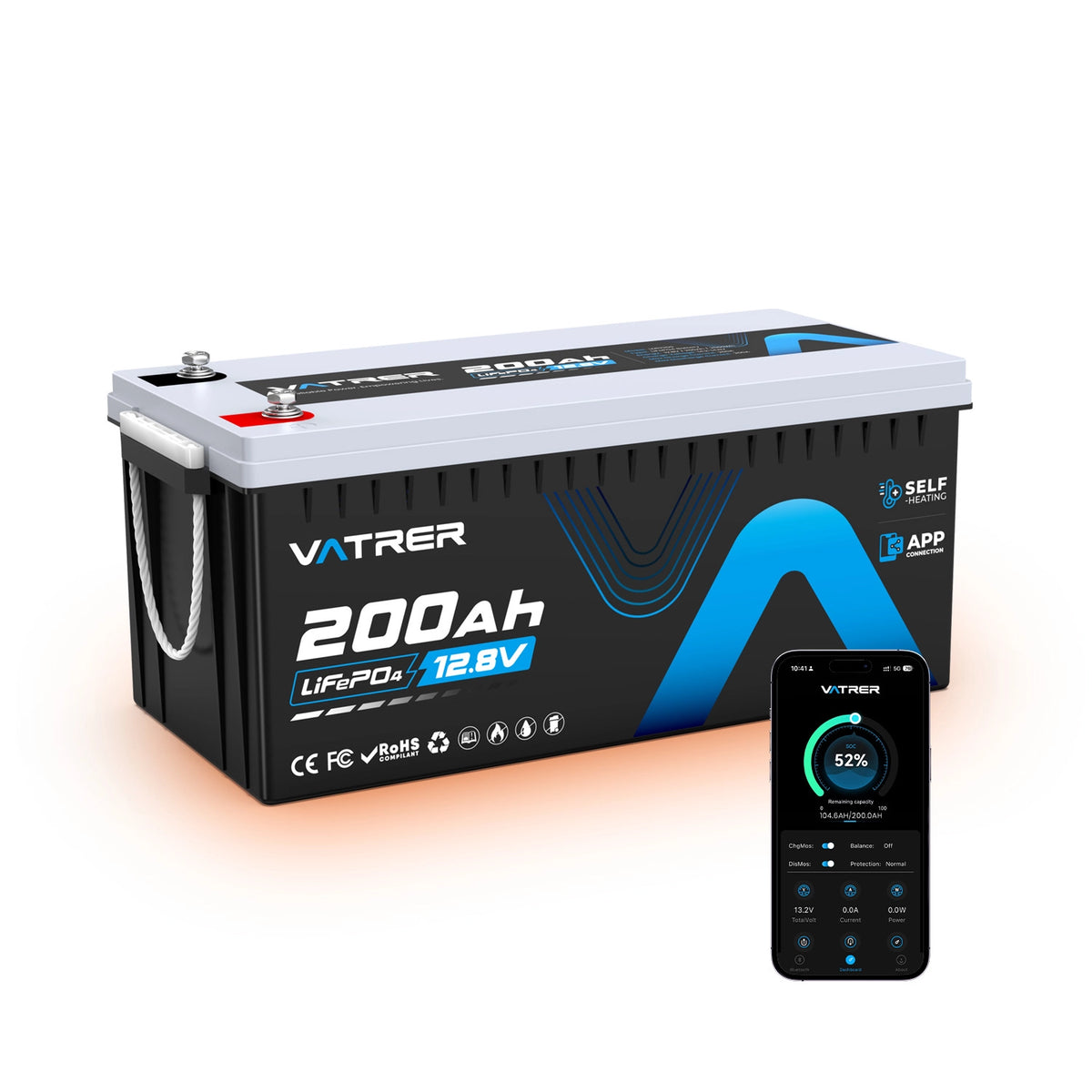

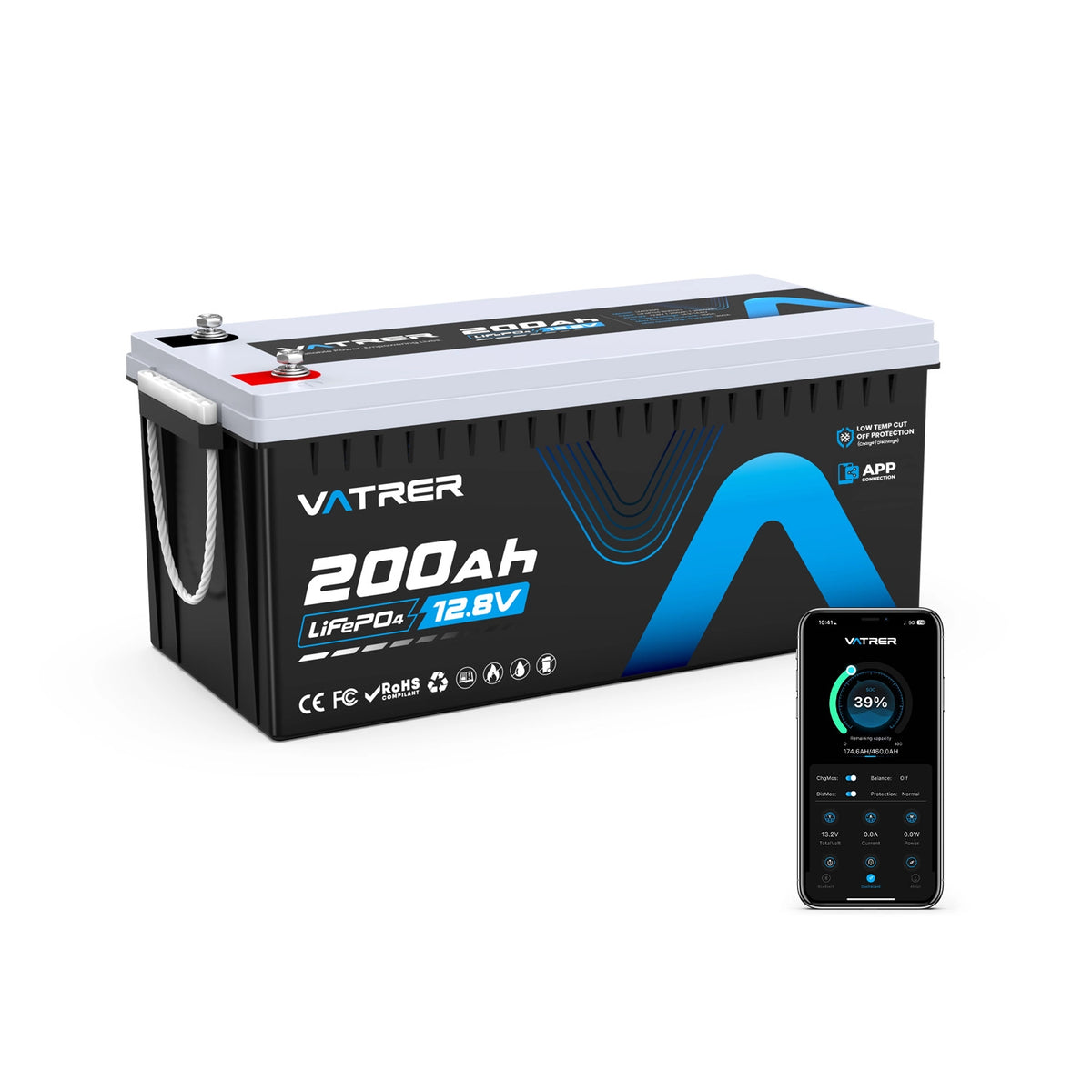

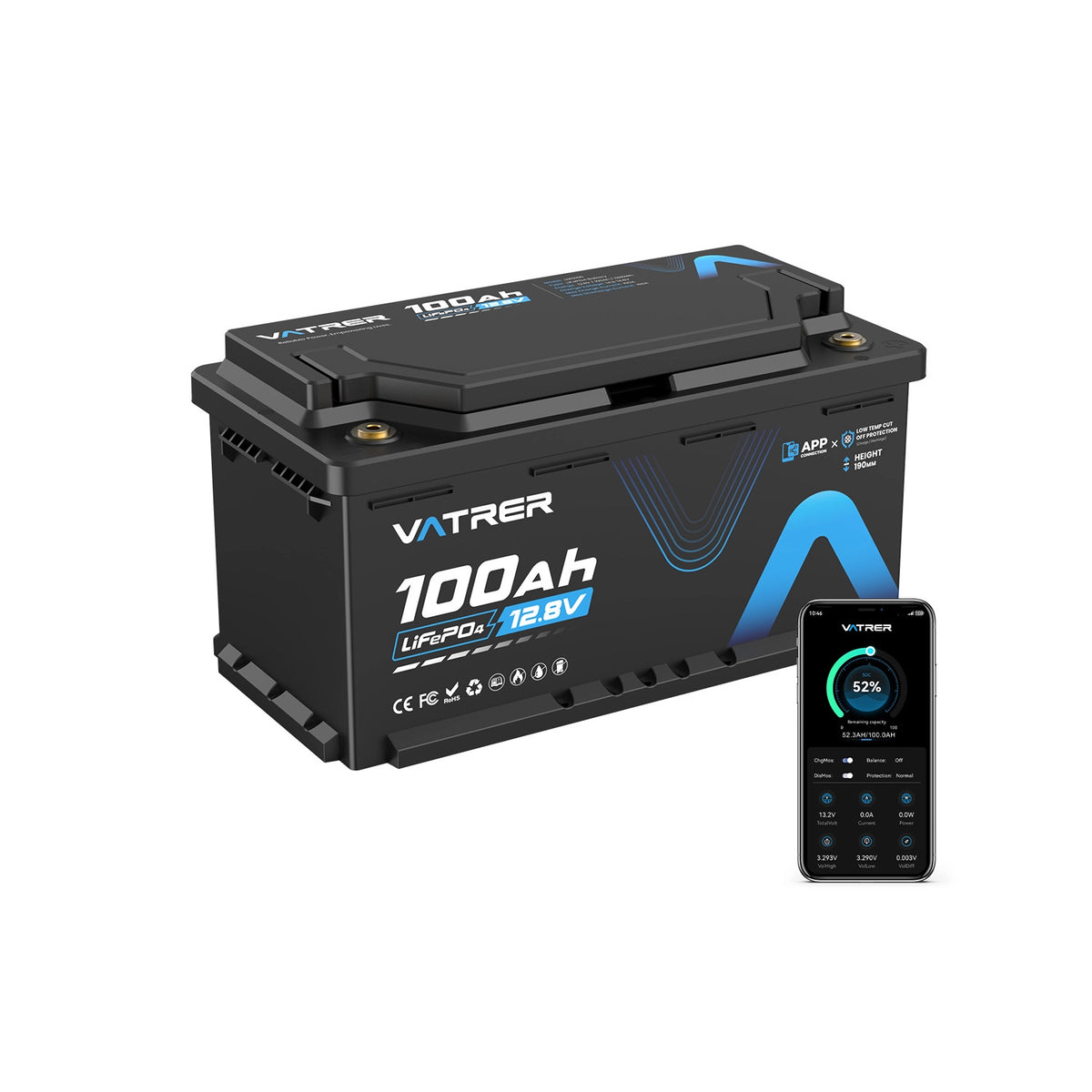
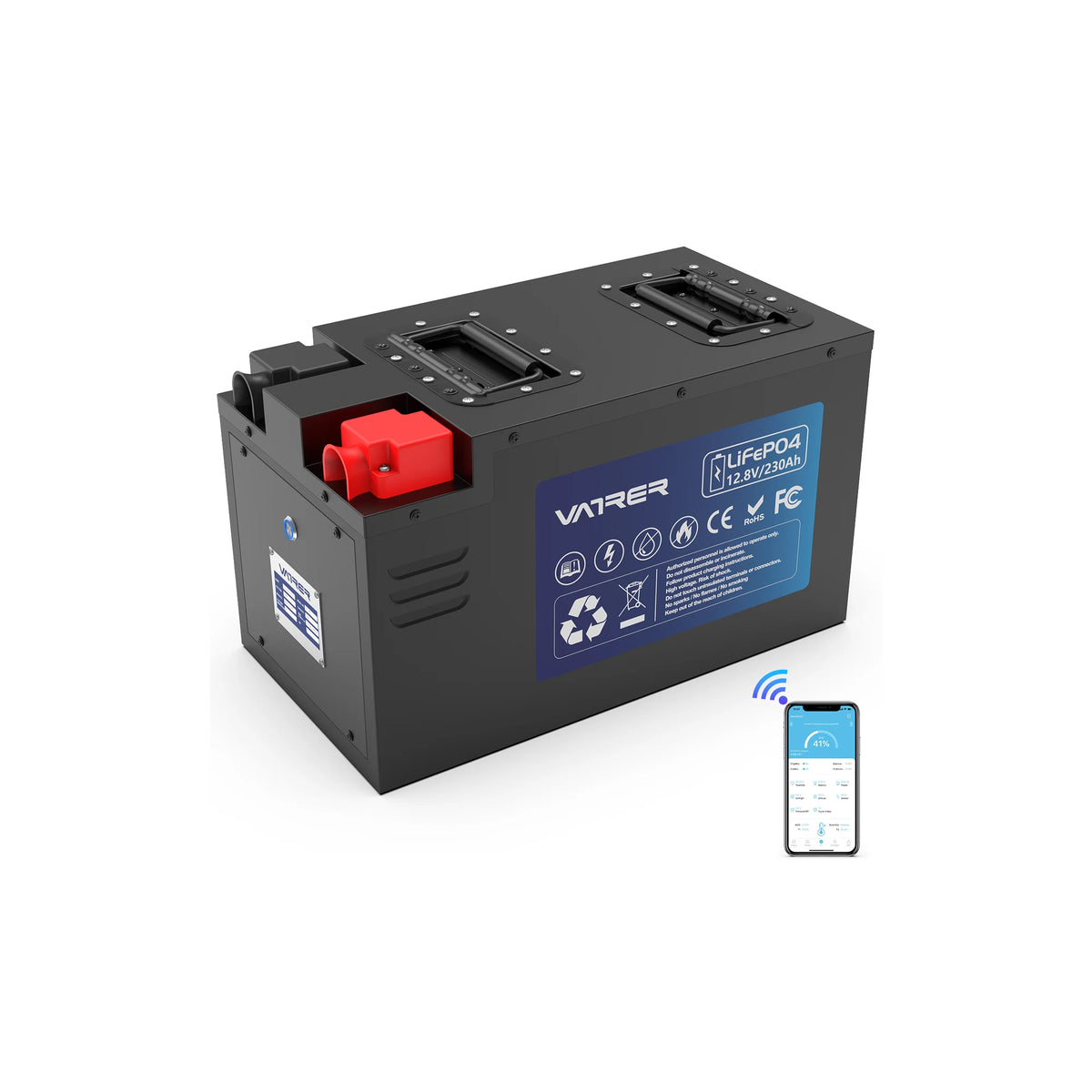
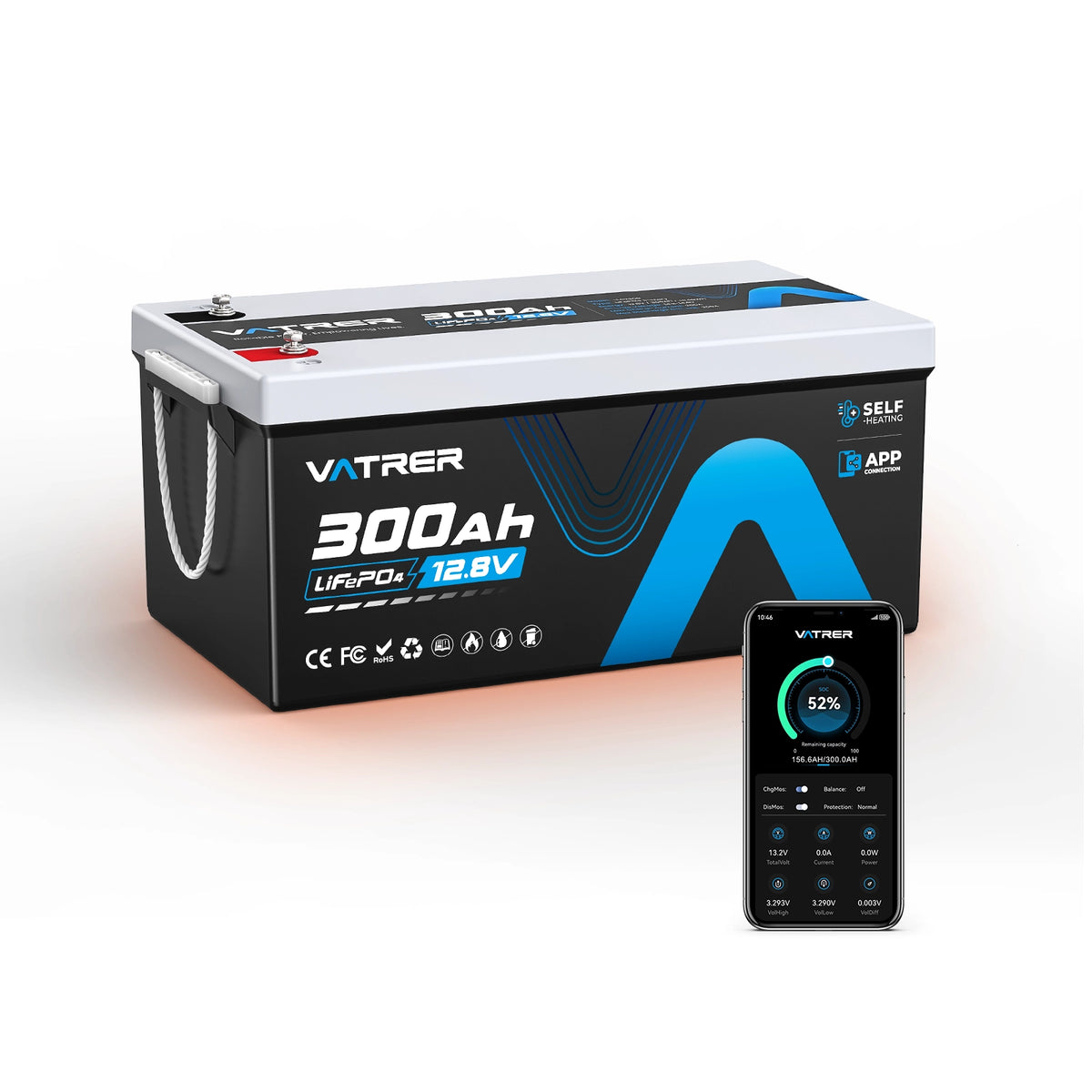
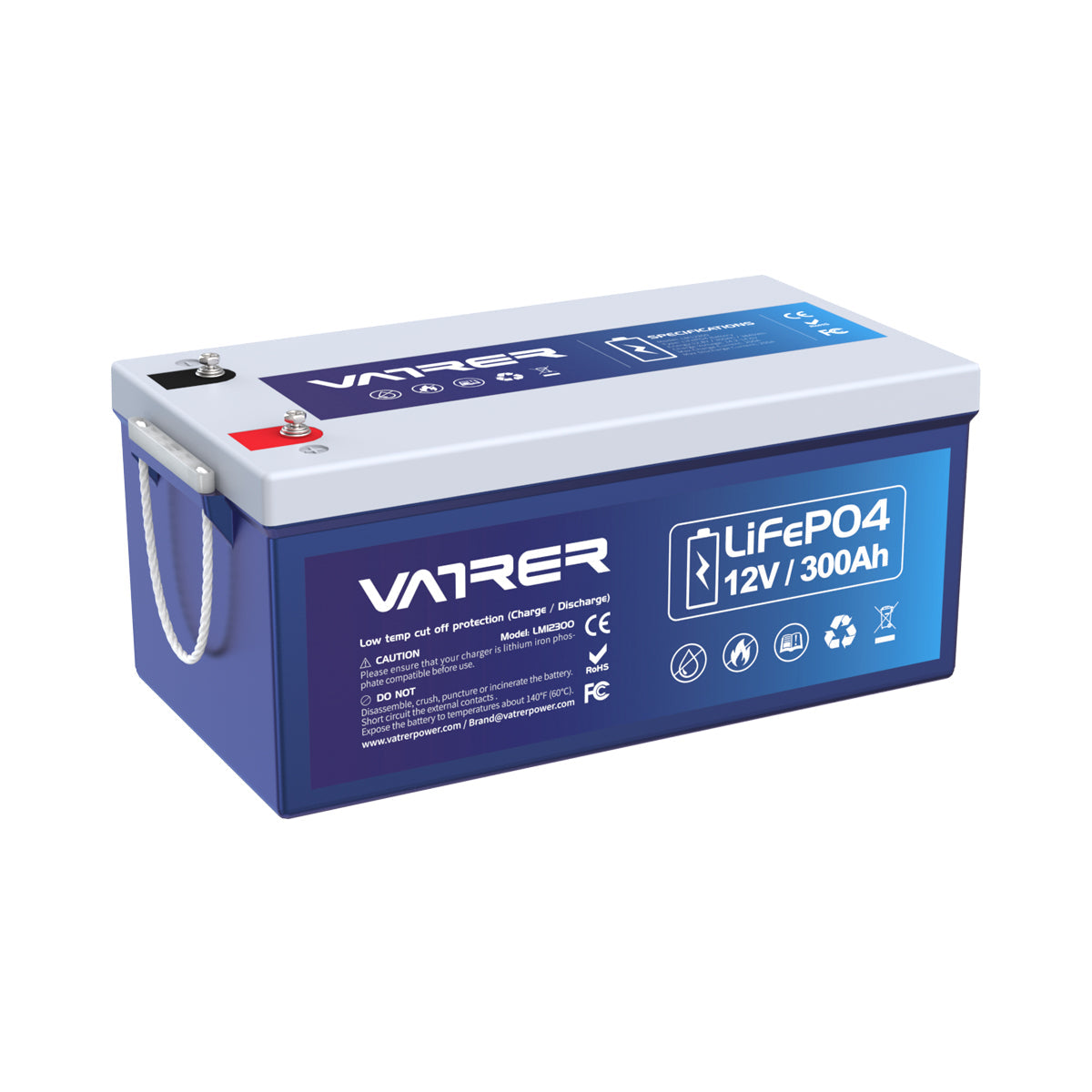
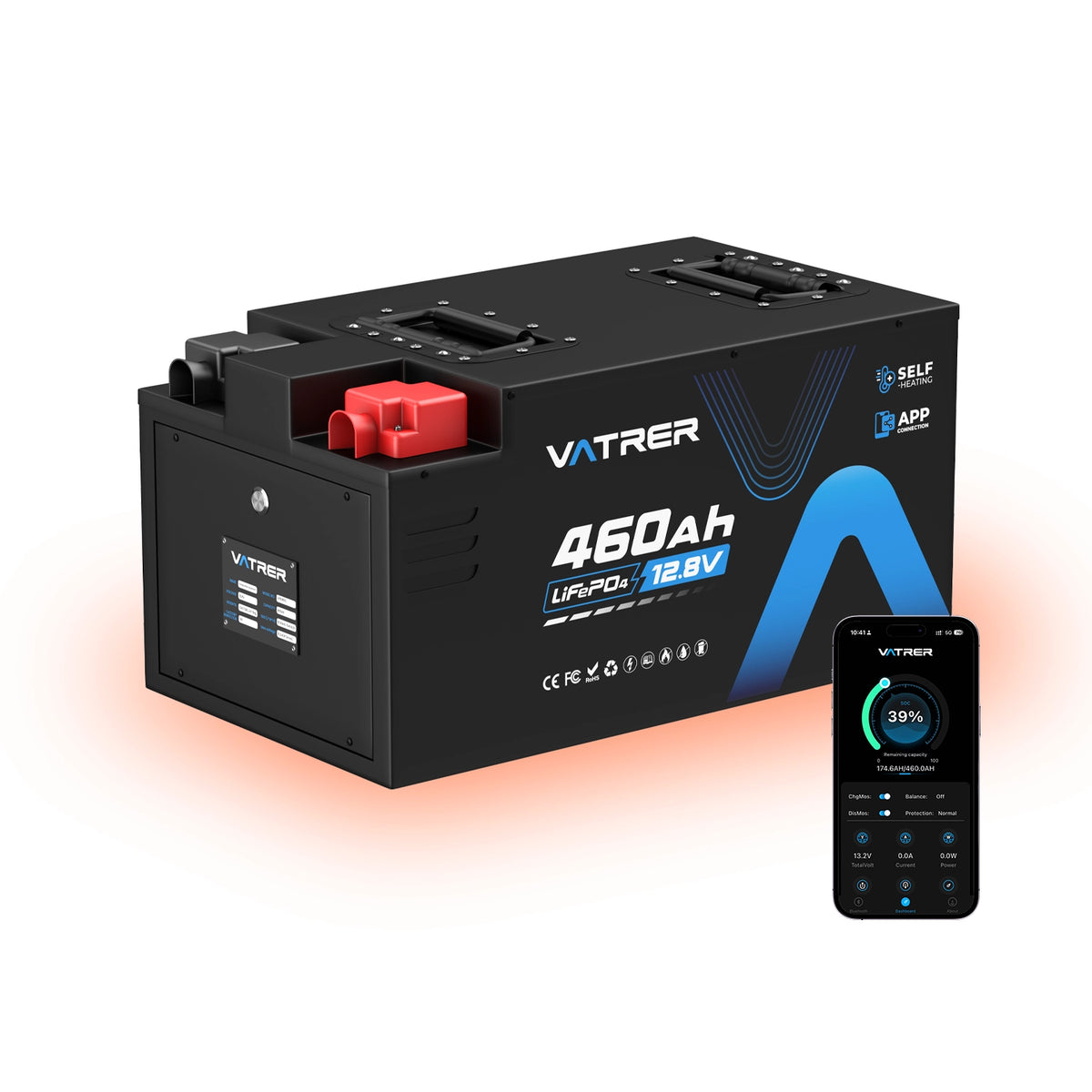

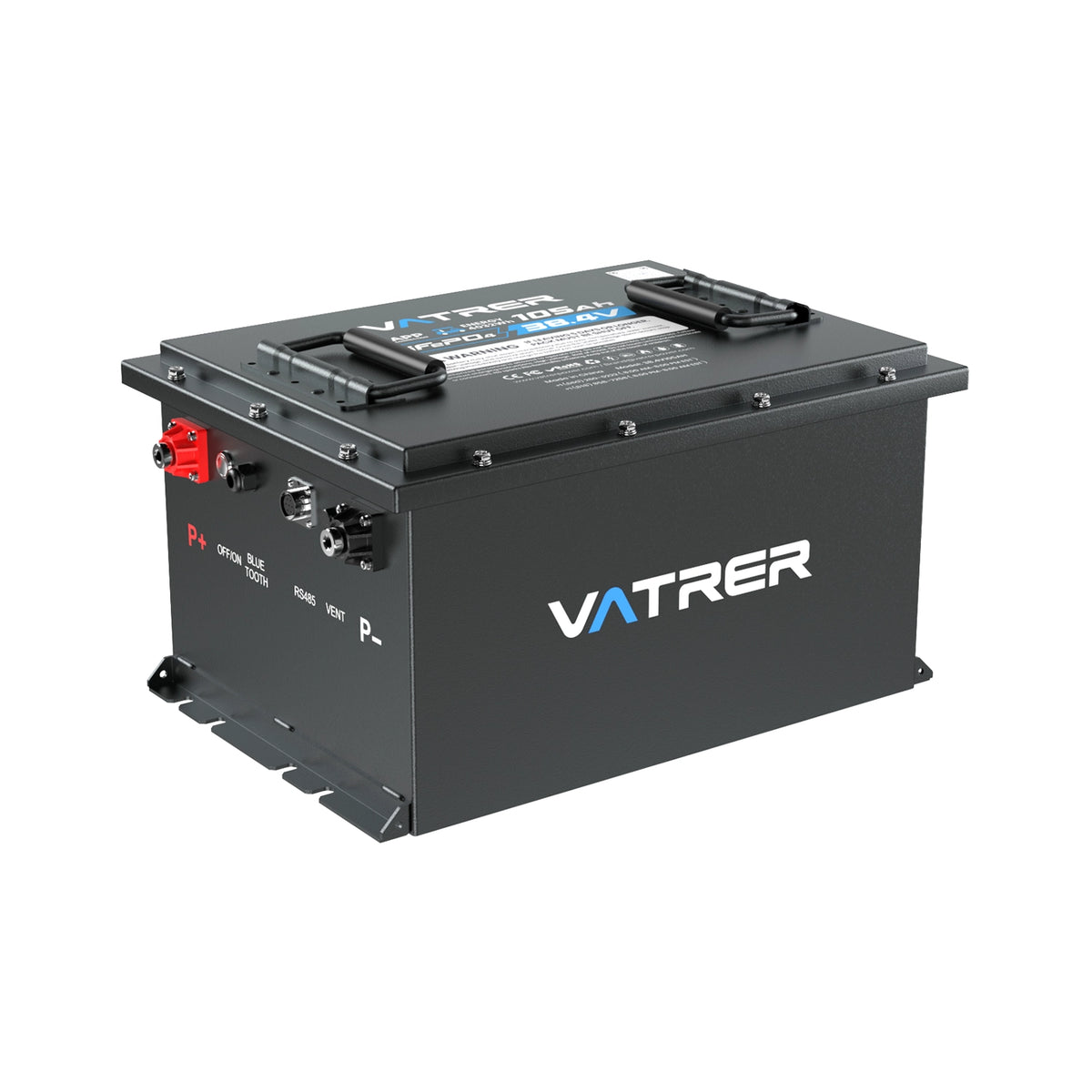

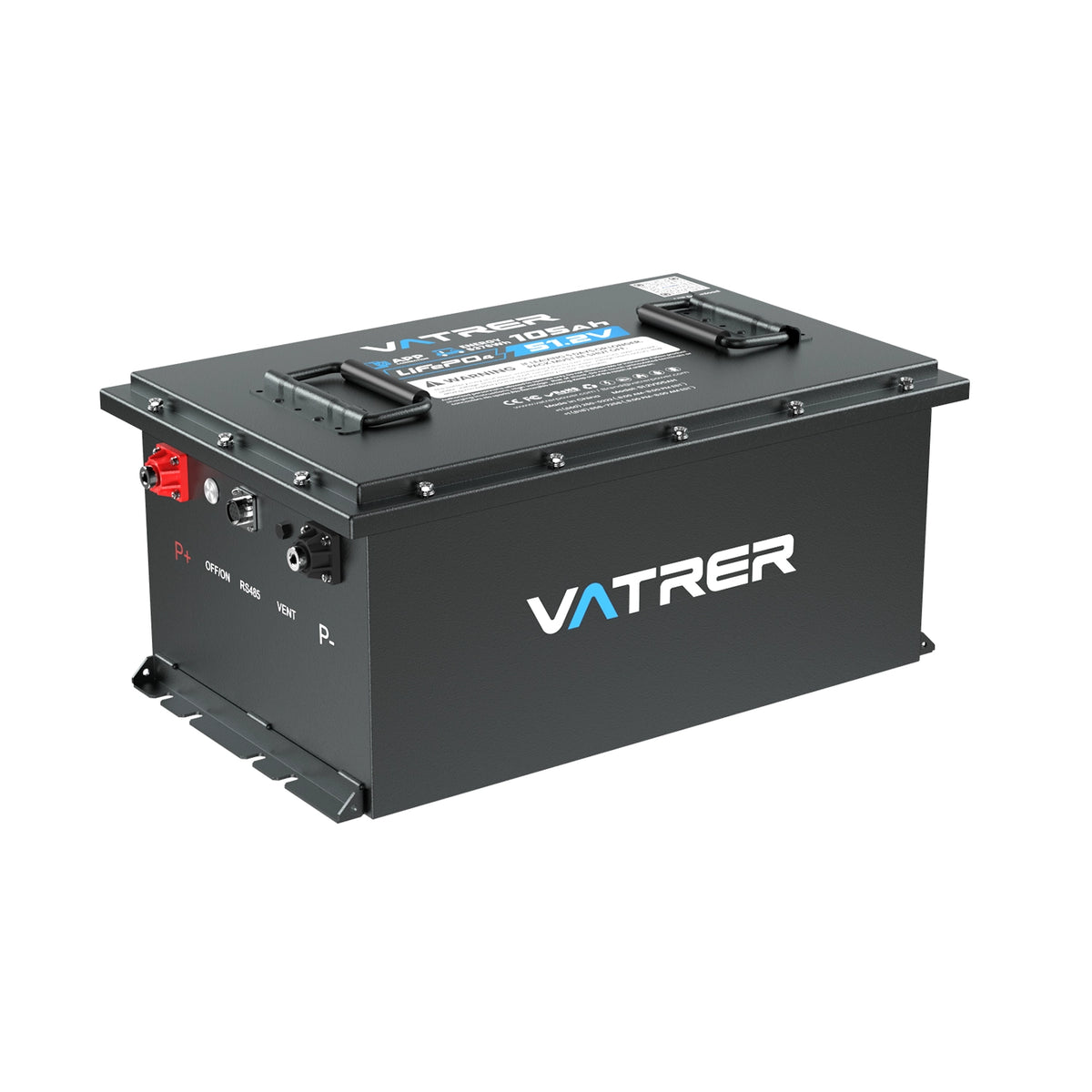


2 comments
Ernie
Can I put this 48v in my 2003 ezgo 36v golf cart
Can I put this 48v in my 2003 ezgo 36v golf cart
Guy W Price